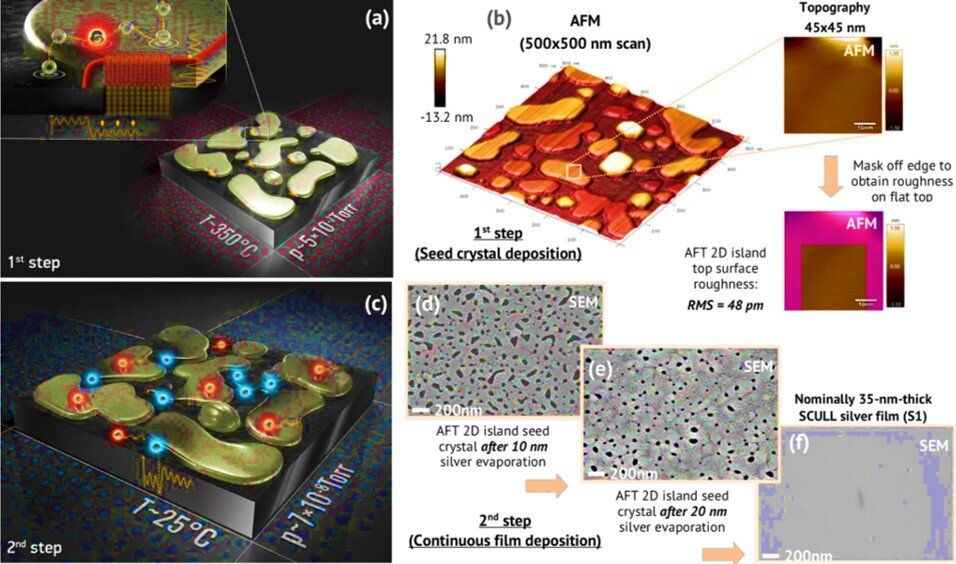https://youtu.be/-IaYan29BxY
This is interesting because it has today type applications, but I wonder, what about a 3D printed body? Remember the movie Starship Troopers when they repaired that guy’s leg in the water tank thing? I’ve seen similar devices in other movies. Could be easier than removing the head completely and safer, when the ability to print human tissues is feasible.
GUYS HOPE YOU LIKE THE VIDEO PLEASE LIKE AND SUBSCRIBE TO MY CHANNEL AND HIT THE BELL ICON.
And if you have any question related to the video then please comment down below.








